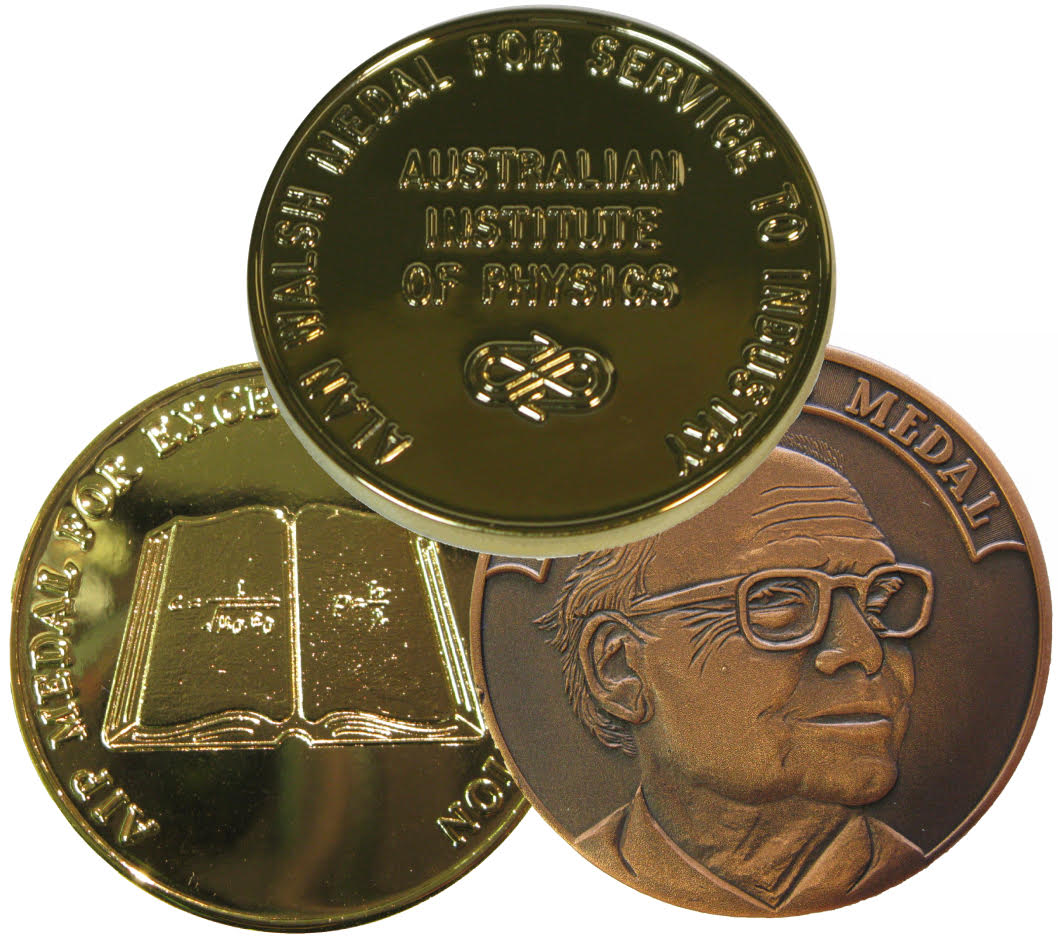 Congratulations to the following members who have been recognised with AIP Awards for outstanding accomplishments in research, leadership, communication, and industry.
Congratulations to the following members who have been recognised with AIP Awards for outstanding accomplishments in research, leadership, communication, and industry.
Professor Joanne Etheridge (Monash University) has been awarded the Walter Boas Medal for Excellence in Research, recognising her “development of electron scattering methods to determine the structure of condensed matter at the atomic scale and the application of these methods to understand structure-property relationships in functional materials.”
Associate Professor David Simpson (University of Melbourne) has been awarded the Alan Walsh Medal for Service to Industry. A/Prof Simpson’s award recognises his work in the “industry translation and commercialisation of diamond quantum sensor technology.”
Dr Judith Pollard (University of Adelaide) has been awarded the Award for Outstanding Service to Physics in Australia, recognising her “outstanding work as the Australian Institute of Physics Honorary Treasurer and for services to Australian physics”.
Professor Jodie Bradby (Australian National University) has been awarded the Women in Leadership Medal, recognising her“leadership at the Australian Institute of Physics including strategic advocacy and community building at the national level and for her long-standing work in gender equity.”
Associate Professor Suzie Sheehy (University of Melbourne) has been awarded the Physics Communication Award, recognising her “narrative-based, human-centric approach to engage millions of readers, viewers and listeners throughout her career-long commitment to physics communication, raising the profile of physics with audiences of a diverse range of ages and backgrounds in Australia and internationally”.
Dr Cullan Howlett (University of Queensland) has been awarded Ruby Payne-Scott Award for Excellence in Early-Career Research, recognising “his development, leadership, and analysis of the largest galaxy surveys in the world, leading to new insights into the fundamental ingredients and forces that make up our Universe.”
Dr Matthew Berrington (Australian National University) has been awarded the Bragg Gold Medal for Excellence in Physics, recognising the most outstanding PhD thesis in physics or its applications by a student from an Australian University, for the thesis titled: “Optical studies of magnetically ordered erbium crystals.”
Sophie A. Young (University of Tasmania) has been awarded the Thomas H Laby Medal, recognising the most outstanding Honours or Masters thesis in physics by a student from an Australian University, for the thesis titled: “Free-Free Absorption in Young Radio Galaxies”.
These awards, plus the Harrie Massey Medal (to be announced soon), will be presented at the AIP Congress in December.
Early bird discounts for the Congress have been extended one week and close Friday 6 September. Register here.
 Cognates
Cognates Site Navigation
Site Navigation
